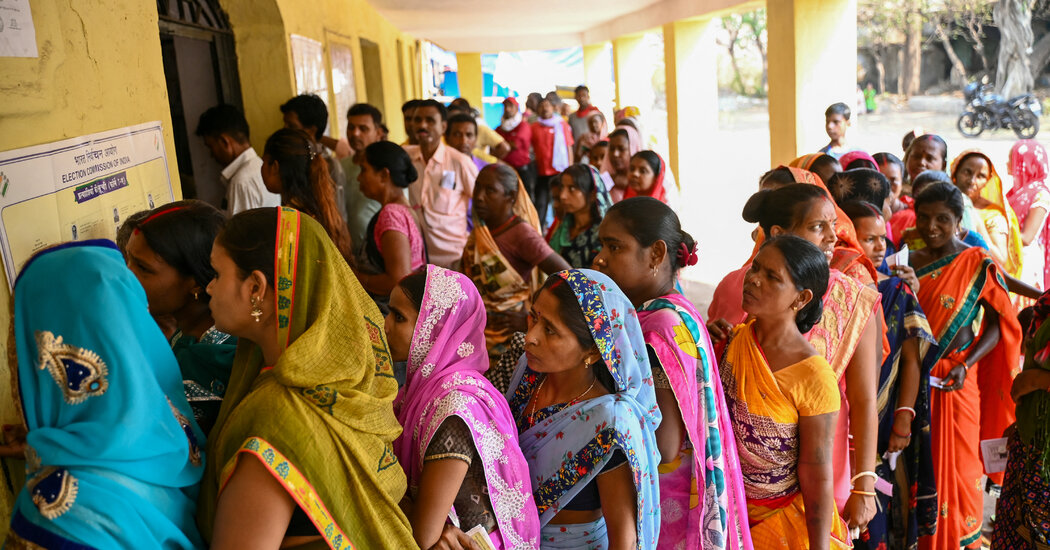A Hindu Temple in Ayodhya, India: The Birthplace of Ram’s Birth and the Making of a Muscle
Throughout the marathon voting process, it was considered a near inevitability that Prime Minister Narendra Modi — who has galvanized his right-wing Hindu base with assaults on India’s founding values, minorities and basic decency — would win a third straight thumping victory. The slogan of his party during the campaign was ” This time, 400 +”, and it was assured that it would win an even larger share of seats.
For weeks, the announcement of India’s election results loomed as a moment of dread for millions of people who cherish the country’s commitment to secular democracy.
Back in January, when Prime Minister Narendra Modi of India looked all but unstoppable, he visited the small city of Ayodhya for the unofficial start of his campaign to win a third term. The location was freighted with symbolism. For years, Hindu nationalists have been trying to build a temple in the place they believe to be the birthplace of the Hindu god Ram. The only problem was that there was already a house of worship on the spot, a mosque built by a Mughal emperor in 1528. Most of the people killed in 1992 were Muslims, as a result of the mosque being dismantled by a Hindu mob. The ruins were a flashpoint of religious tensions in India for decades.
Modi and his party promised to build the temple, and the opening of the temple was a showcase for that achievement. It seemed like a strong election year message for a politician who worked on Hindu nationalism and building a muscular new India in the course of his career. Unlike other politicians, the event implied, Modi made promises and kept them.
